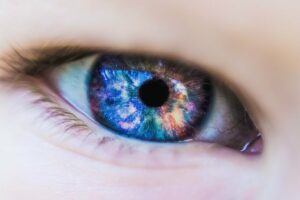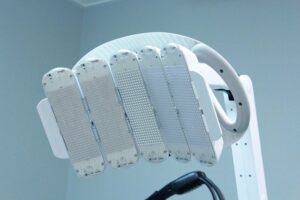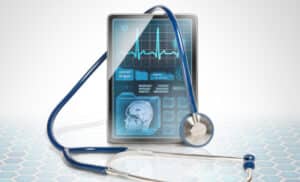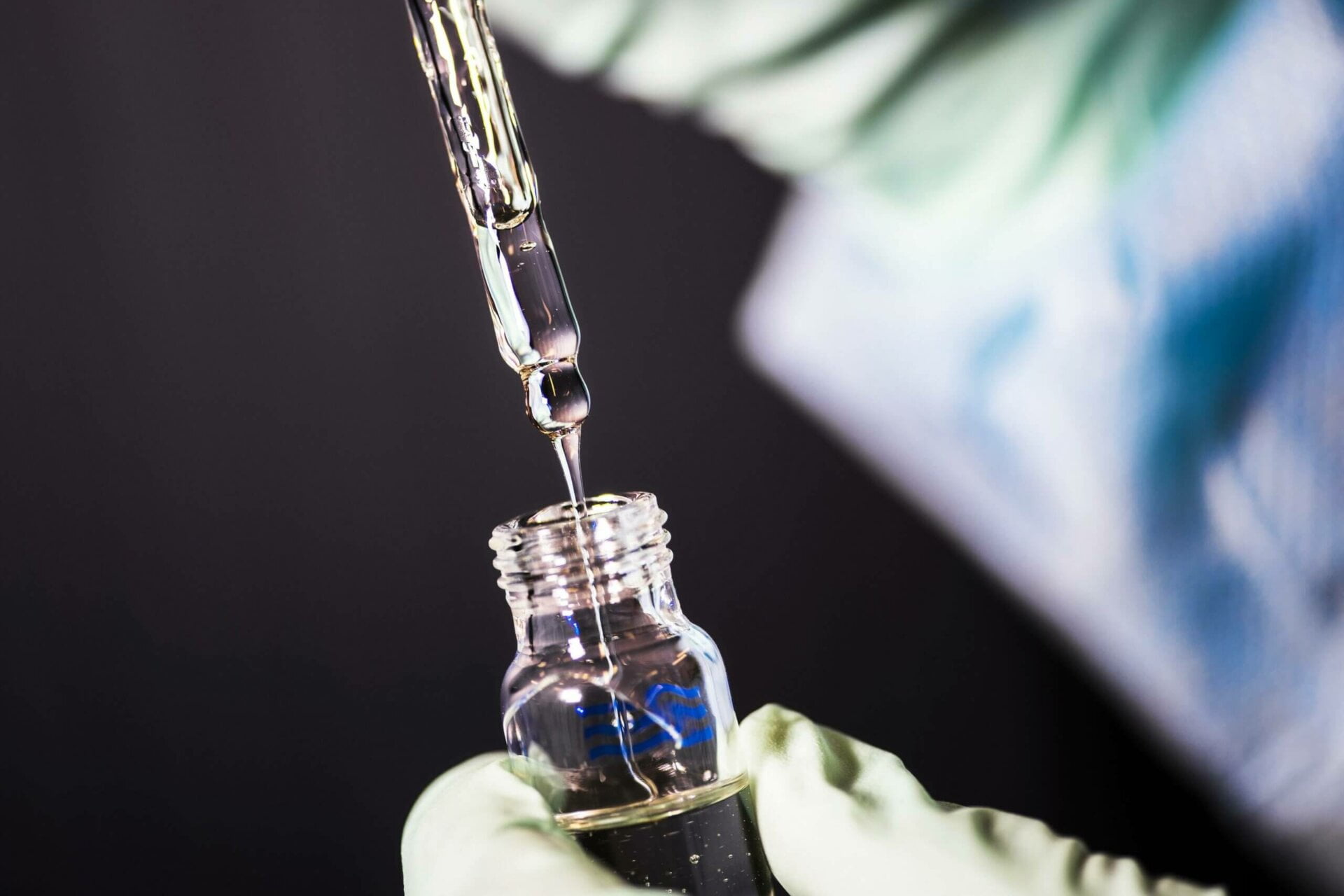How to Know if Your Product is a Medical Device
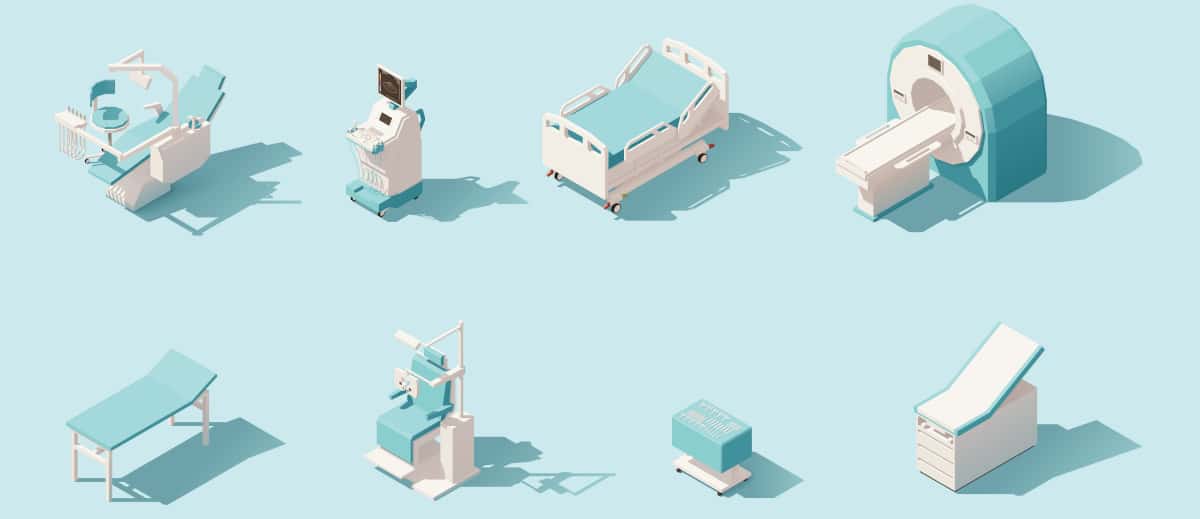
DATE
July 08, 2020
AUTHOR
Sascha | Co-Founder & CEO
The healthcare sector is witnessing an unprecedented wave of technological innovation, and according to Gartner Market Insights the healthcare IT market is expected to be worth US$441.8 bn by 2025. With the many disruptive devices and apps entering the market, it is sometimes hard to know which products should be considered as medical devices and which shouldn’t. Within Europe, traditional medical device manufacturers aiming to comply with EU MDR law by 2021 can find this confusing, but for new market entrants, it can be even more tricky, especially if they haven’t previously dealt with any kind of medical device regulations. So how can companies figure out whether their product is regulated as a medical device, cosmetic product, pharmaceutical drug, a combination or none of the above? We hope to shed some light on this in the following.
Do your research
For the majority of companies, the decision is quite straightforward. Nevertheless, certain products can cause confusion, and what may seem like an ordinary device is actually considered a medical device or a drug under European law, depending on how exactly it is used. Making a wrong decision in this matter can have expensive consequences, which is why companies should take the time to research and understand all the crucial factors and criteria before taking a product to market.
Annex 9 of the MDD
In the European Union (EU), classification is determined by using a set of rules. These can be found in Annex 9 of MDDn(Medical Device Directive) which will be replaced by the EU MDR as of May 2021. How manufacturers answer these questions will determine the classification of their devices and products. Classification is determined by several factors, including:
The amount of time a device has contact with a patient, i.e.:
- For less than 60 minutes
- Continuously, but for less than 30 days
- Long-term, more than 30 days
The degree of invasiveness, i.e.:
- Whether the device penetrates through a natural body orifice or the skin
- Whether it is surgically invasive or a implantable
The active nature of the device, i.e.:
- Whether it relies on an electrical energy source or any power source other than that generated by the human body or gravity, and which acts by converting this energy
Indications for use, i.e.
- Whether it touches the central nervous system or circulatory system.
All rules listed in Annex 9 are meant to determine the inherent risk level of a device. But the risk also depends on the person who is intended to use the product (i.e. a medical professional, patient or someone else), its mode of operation, how sophisticated its technology is and the marketplace to which it is brought. Despite the initial classification for a device as confirmed by the manufacturer or their Notified Body, health ministries are entitled to up-classify a particular product or device if they deem the technology as relatively new to the market and believe it could thus present a risk to users.
New technologies
For technologies that are completely new, it can be hard to know whether they should be treated as a medical device or not. As an example, a smartwatch or fitness watch is not usually developed specifically for medical usage, as it can serve a variety of other purposes for the end user. But some watches may contain a technology that can detect heart-related anomalies, and this, in turn, would mean that certain medical device regulations must be considered.
Geographical considerations for medical devices
Whether a product is classified as medical also depends greatly on the region and respective local regulations. A device may be considered a medical device in the US, but not in the EU, or vice versa. So for manufacturers aiming to sell products on the global market, it is crucial to connect with experts who are familiar with the local rules and regulations and have a thorough understanding of the local medtech, pharma and cosmetics sectors.
Furthermore, until now, medical devices within the EU have beenconsidered easier to get to market as long as they performed as intended and were likely to be safe. Historically, non-compliance issues were a matter of notification rather than pre-approval. The general belief was therefore that it’s quicker and easier to bring a product market in the EU than the US. Under the EU MDR, however, this has changed, and the ease of entry in the EU is no longer necessarily the case.
What does the EU MDR say about medical device definition?
According to the EU MDR 2017/745, any appliance, instrument, software, apparatus, implant, reagent, material or other article intended to be used on human beings for one of the following specific medicinal purposes is considered a medical device:
- The diagnosis, prevention, monitoring, prediction, prognosis, treatment or alleviation of a disease.
- The diagnosis, monitoring, treatment, alleviation of or compensation for an injury or a disability.
- The investigation, replacement or modification of the anatomy or of a physiological or pathological process or state.
- Providing information by means of in-vitro examination of specimens derived from the human body including organ, blood and tissue donations.
- Does not achieve its principal intended action by pharmacological, immunological or metabolic means, but may be assisted in its function by such means → the primary intended use should not be that but it can be assisted by that.
- Devices which support or control conception and products specifically intended for the cleaning, disinfection or sterilization of devices shall also be deemed to be medical devices.
Case Study: Incentivizing product users
Manufacturers should also note that a medical device is often used in combination with accessories and not necessarily in isolation. Under MDR law, such accessories are also considered medical devices. That’s why it’s crucial to not evaluate a medical device on its own, but to also evaluate any accompanying accessories in terms of their classification. Annex I lists all the elements that need to be checked.
Important questions to ask about your product or device
1) What’s the intended use?
The first criterion that should be considered is the intended use of a medical device. This defines pretty much everything moving forward. Devices or products can be completely different if their intended use is not that of a medical device. As an example, let’s say a device manufacturer puts a specific instrument on the market, but the instructions of use state that the instrument shall only be used in a laboratory environment and on non-living organisms. In this case, the manufacturer’s intention is not to sell a medical device, but a lab product. Meanwhile, a different manufacturer may be selling exactly the same instrument, but claim in the instructions that it is intended for use on the human body in a surgical procedure. This would clearly make it a medical device and subject to EU MDR law, among others. In this case, we have exactly the same product, but two very different intended uses. For this reason, it’s extremely important to consider and define the intended use early on in the product lifecycle.
2) Does it fall into the Annex XVI products (for aesthetic or non-medical purposes)?
Annex XVI of the EU MDR addresses a list of products which have an aesthetical or other non-medical purpose, but which are similar to medical devices with regard to their functionality and/or risk. Here are six main product groups:
a) Eye products
The first type of product involves eye products which are intended to be introduced into or onto the eye for aesthetic purposes, e.g. colored contact lenses which alter a person’s eye color without any medical purpose. Until now, such lenses were not considered medical devices, but under EU MDR law, they will be.
b) Products that are introduced into the body
Another group involves products which are intended to be introduced into the human body via surgically invasive means and which will modify the body’s anatomy or fixation, e.g. horn implants. This does not include tattoos or piercings.
c) Fillers
The next group includes fillers for wrinkles, buttocks or hyaluronic acid which are used as aesthetic products with no actual medical purpose.
d) Products that alter human tissue
Equipment for liposuction or “body sculpting” (e.g. with the intention of reducing, removing or destroying adipose tissue) is now also considered a medical device.
e) Light or radiation products
These are new kinds of products where high intensity electromagnetic light is used for human skin resurfacing, or to remove hair or tattoos from the skin. An example would be intensive pulsed light (IPL) machines.
f) Brain stimulation
Finally, equipment that is intended to stimulate the human brain is now also considered a medical device under EU MDR law. These products are used to provide magnetic or electrical currents on the brain to stimulate the brain or acquire information. An example for this is transcranial, non-surgically invasive stimulation.
These “newcomers” will also need to comply with the new EU MDR demands going forward, which is challenging because, previously, they didn’t have to follow any medical regulations at all. It is therefore pivotal for them to understand the requirements e.g. collecting clinical data as part of their Post-Market Surveillance and Post-Market Clinical Follow-up, having a quality management system in place for each device, or dealing with audits for their certification. If they fail to comply with European regulatory demands, they will not be able to sell their devices within the EU.
Playbook: How the EU MDR will shape the MedTech world
3) Is it considered an “exotic” or “borderline” product?
For products that are considered a “borderline” medical device, pharmaceutical, cosmetic or biosite, it can be challenging to determine whether it needs to be classed as a medical device. The EU has therefore created a manual for borderline productswhich is updated on a regular basis. It helps manufacturers define the classification of their device(s). An extract from the manual states:
“Borderline cases are considered to be those cases where it is not clear from the outset whether a given product is a medical device, an in vitro diagnostic medical device, an active implantable medical device or not. Or alternatively, borderline cases are those cases where the product falls within the definition of a medical device but is excluded from the Directives by their scope. Where a given product does not fall within the definition of medical device or is excluded by the scope of the Directives, other Community and/or national legislation may be applicable.”
By the way, do you need an EDC solution for capturing clinical data about your medical device(s)?
4) Is it a medical device software?
Finally, the EU MDR provides definitions, classifications, rules and procedural requirements for medical device software. This will affect any software that is currently regulated as a Class I medical device. Article 2 in the EU MDR states that software is considered an “active device”, whereby “active device” means any device whose operation depends on a source of energy other than that generated by the human body or by gravity and which acts by changing the density of or converting that energy. According to the EU MDR, software in its own right, when intended to be used for one or more medical purposes, qualifies as a medical device. Software for general purposes, on the other hand – even when used in a healthcare setting or software intended for lifestyle or wellbeing purposes – is not considered a medical device.
Rule 11 of the EU MDR
The new classification rule (Rule 11) of the MDR relates specifically to software and has serious implications for software. The EK-Med (expert exchange group consisting of Notified Bodies) perceives a stricter classification of software, particularly of apps and the European Commission is even considering revisiting this rule altogether. First, rule 11 addresses stand-alone software that is a medical device. If the software serves diagnostic or therapeutic purposes, it falls under rule 11.
According to Rule 11 of the EU MDR, “software intended to provide information which is used to take decisions with diagnosis or therapeutic purposes is classified as class IIa, except if such decisions have an impact that may cause:
- Death or an irreversible deterioration of a person’s state of health, in which case it is in class III; or
- Serious deterioration of a person’s state of health or a surgical intervention, in which case it is classified as class IIb.
Software intended to monitor physiological processes is classified as class IIa, except if it is intended for monitoring of vital physiological parameters, where the nature of variations of those parameters is such that it could result in immediate danger to the patient, in which case it is classified as class IIb.>
All other software are classified as class I.
By example, an application that allows users to take pictures of skin conditions (such as moles) and store the pictures for the purposes showing them to a physician does not perform an action on data other than storage, even though one could claim that a mole could be cancerous and thus have an impact on the patient’s state of health. Nevertheless, this wouldn’t be classified as a medical device.
The MDCG (Medical Device Coordination Group) has created a guideline for this which looks at two axes: Which critical circumstance is the patient in, and what kind of decision is the software used for?
As a rule of thumb, software is a medical device if it:
- Is explicitly named in a guideline
- Controls or influences a medical device
- Serves the “post-processing” (e.g. for an ECG) or data preparation
- Calculates output signals or output values
- Serves the support of diagnostics or therapy
- Serves the “objective” diagnosis or treatment.
On the other hand, software is not a medical device if it:
- Is used for administrative purposes (e.g. managing patient data)
- Is used for the purpose of training doctors (e.g. training software with medical knowledge)
- Is used for general maintenance of medical devices or their components
- Is used for development or production tools (these, however, must be validated)
- Represents a proprietary operating system
Which section of the EU MDR applies to your software?
First, ask yourself whether your software controls or impacts a product or its usage. If the answer is no, and the software is independent of other products, it will be classified as a standalone and you need to refer to the classification rules in MDR Annex VIII, Chapter III, Rule 11.
If your software does control a product or impacts its usage, then the software will have the same class as the product (e.g. an app for calculating insulin will have the same classification as an insulin pump. In this case, you need to refer to the implementation regulations in MDR Annex XIII, Chapter II.
If there are any specific changes which may affect your software, they will be defined in the MDCG’s guidance on software. If the software’s operating system changes, you will need to follow the EU MDR or IVDR. The MDD will only apply to you as long as there are no significant changes. It is therefore recommendable to use the new transition period until May 2021 to take any devices to market, but do not assume that these will still be valid until 2024. It’s better to get prepared now and find a Notified Body to go through this evaluation procedure now.
As part of Germany’S DVG regulation, digital health applications (DiGA) of classes I and IIa are also classified as medical devices. It is still unclear, however, how to proceed with DiGA which are upclassified under EU MDR law.
Conclusion
This article has addressed the situation in the EU, and of course it can be very different in other regions such as the Americas or Asia. But as a rule of thumb, companies within the EU should always start by looking at the intended use of a device and check if it matches the definition of a medical device. This also goes for accessories, of course. As a next step, manufacturers should check Annex XVI of the EU MDR and look if their product matches any of those definitions. This is for new medical devices without a strict medical purpose. Something that is new to the EU. Finally, if you are still lost, you can use the manual for borderline products to help you define if some of the products are medical devices or not.
Are you affected by the EU MDR? Find out how to automate your post-market surveillance processes to save you significant time and money. It’s free, non-binding and with no installation needed.


